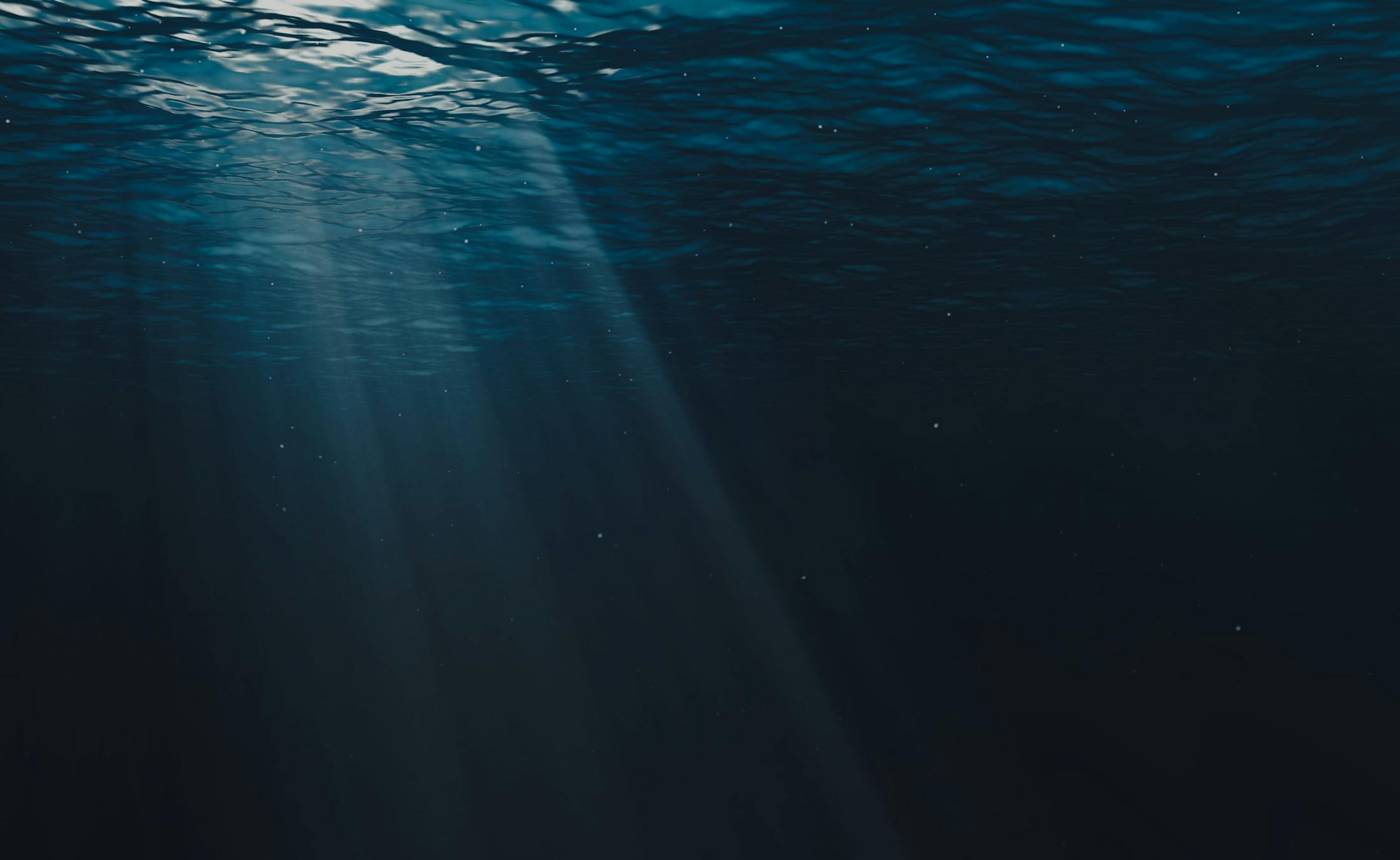
The honeymoon of Israeli newlyweds, Egael Tishman, 24, and Shif Fanken, 27, came to a tragic end when the couple collided during a zip line excursion. The couple was celebrating their honeymoon aboard Royal Caribbean Cruises’ Allure of the Seas, which set sail from Fort Lauderdale on July 1st. On Thursday, July 5th, while participating in a zip line excursion in Roatan, Honduras, the wife got stuck near the middle of the cable. Her husband came sliding down the zip line behind her, smashing into her.
The couple sustained severe injuries, including broken ribs. They were taken to a local hospital, where the husband passed away. The wife was taken by air to a hospital in the United States Friday morning, where she underwent surgery and is reported to be in stable condition.
Honduran officials are investigating to determine the cause of the incident. Zip line courses in the United States typically must comply with minimal safety standard. Two well recognized standards include the Association for Challenge Course Technology (“ACCT”) and the American Society for Testing Materials International (“ASTM”). Royal Caribbean utilizes a bid process by which they claim to vet shoreside excursion companies providing recreational activities advertised by the Cruise Line. This bid process includes a trifecta of documents that reportedly must be completed every year. These documents include: a Tour Operating & Basic Tour Information Profile, Universal Bid Template and Tour Operator Investment Profile. These documents generally provide a description of the excursion and in the case of a zip line, sometimes the minimal safety standards to which the course was designed and built.
There are various preventable causes of injury on zip line courses. These are:
- Insufficient training;
- Excessive speed at a receiving platform most often due to: defective, insufficient or delayed application of a rider operated hand brake;
- Stranded riders midway on a cable most often due to: unfamiliarity with a rider operated hand brake and/or excessive slack in a course cable,
- Riders being sent in “Rapid Fire” most often due to: non-existent communication between launching and receiving guides resulting in multiple riders on a cable at one time or the Cruise Line’s insistence on double booking riders during AM and PM excursions to increase revenues;
- Repeated overloading of the zip course cables most often due to Rapid Fire riders resulting in stretch of a cable over time and deflection of trees forming anchor points; and
- An Insufficient or non-existant secondary / emergency braking mechanism (guide operated) at a receiving platform.
Brais Law Firm is experienced with handling claims and law suits involving passengers injured during cruise ship shore excursions and recently represented a woman injured during a zip lining excursion in Roatan, Honduras.


